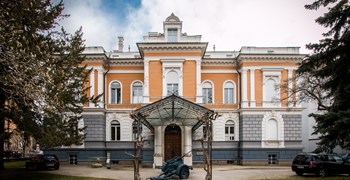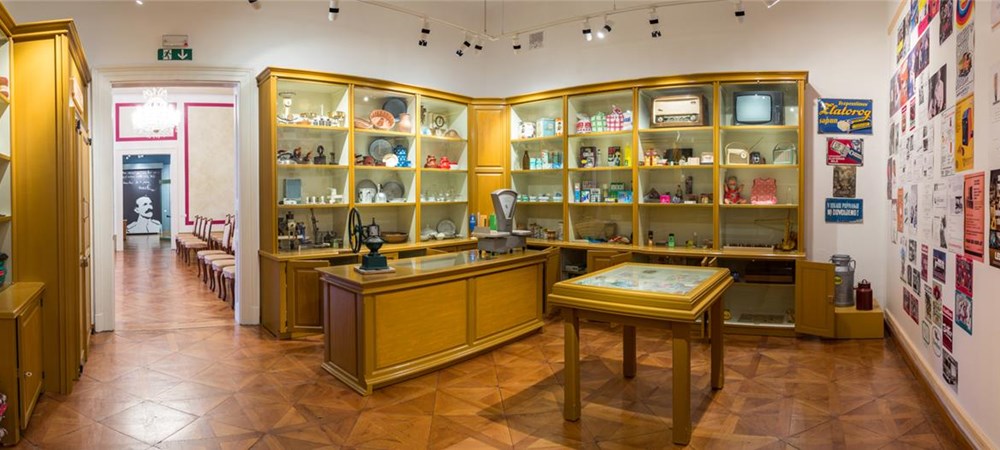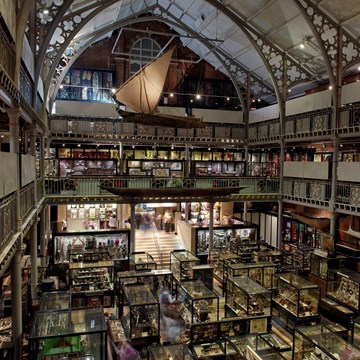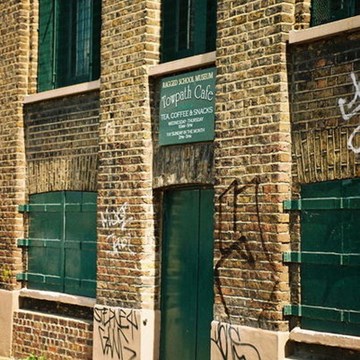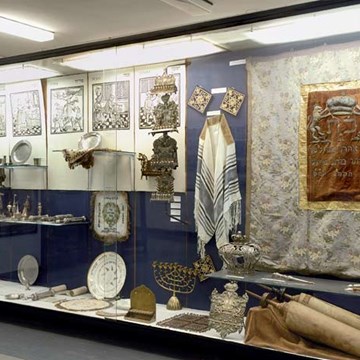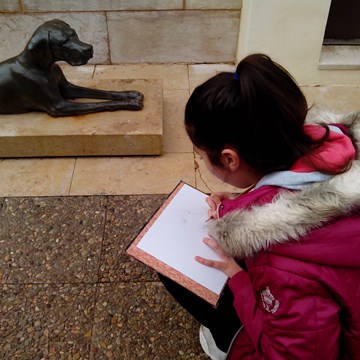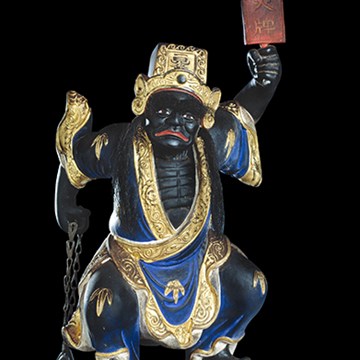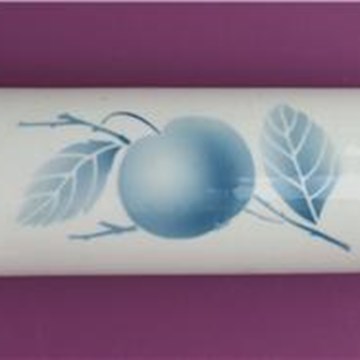A Monument to Maribor's Industry - Industrial Maribor in the 20'th Century
Along with its favourable geographical position and advantageous conditions also its electrification contributed to the industrial boom of Maribor and northeastern Slovenia. Namely, the first electric lamp in Slovenia was switched on in Maribor on 4 April 1883, just four years after Thomas Edison invented the incandescent light bulb. Recognition for this must be given to Karl Scherbaum, an entrepreneur from Maribor, who installed electric lighting with 36 light bulbs inside his steam mill. Thus Karl Scherbaum Senior, one of the leading personalities of Maribor’s economy in the 19th century, began the second phase of industrialization in Maribor, which despite its early start with electrification was only finally achieved in the old Yugoslavia.
Maribor’s economy came to a complete halt during World War I. Namely, in the city there was no industry, the only exception being the railway workshops, which could be incorporated into the Austria-Hungarian war-economic system. At the time of the
The nineteen thirties brought a world economic crisis, which reflected in the Slovenian territory mainly in economic restructuring and modernization as well as the rationalization of production, but otherwise eluded the textile industry in Maribor. Nevertheless, during the crisis the number of trade workshops fell and there was an even bigger decline in the number of assistants employed, resulting in a reduced income also for tradespeople. All this triggered labour strikes, which were attended by organized
After the German invasion in 1941, the Nazis redirected
In April 1941 preparations were begun for the construction of a factory producing aircraft engines in the district of Tezno. Namely, the Germans did not have a big enough air force at their disposal for the foreseen war with the
At the end of World War II Maribor’s industrial plants were in great danger because in March 1945 Hitler issued an order for the destruction of all economic plants and public transport facilities before they came into the hands of the enemy. Fortunately this order was never carried out in
The people of Maribor awaited the end of the war in May
Even in the early years after liberation
Liberation and the new socialist regime denoted a great turning point for life in
History has shown that a planned economy and a one-party state are economically ineffective. The economy cannot bear a privileged elite. In this general climate also
The century ended sadly for industrial
Exhibitions and events

Shhh! Maribor 1941-1945
Permanent exhibitionShhh! Due to the secret nature of this data, we cannot disclose everything in this invitation, so we'd like you to join us at the opening of our permanent exhibition.
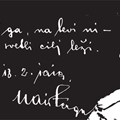
»Na desni ga, na levi ni – pred nami svetli cilj leži«
Permanent exhibitionRazstava prikazuje predvsem boj za slovensko severno mejo na Štajerskem in vzhodnem Koroškem, na ozemlju, ki je bilo konec leta 1918 v Štajerskem obmejnem poveljstvu. Atentat na...
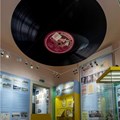
Maribor is ours!
Permanent exhibitionAfter the formation of Yugoslavia, Maribor became an important border city, representing Yugoslavia’s north-western gate into the world. The city became the transport route connecting the Alps and...
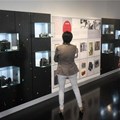
History of Photography
Permanent exhibitionFrom the very beginning, humankind has had the desire to prove themselves and to understand the world surrounding them. Certainly there were moments when people wished to capture a moment in an...
Activities from this museum
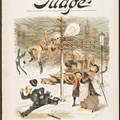
In zasvetila je luč 1883 - Predšolski in I. triada
Kakšno je bilo življenje v Mariboru v tistih časih, ko še ni bilo elektrike?...

Kaj se skriva v muzeju? - Predšolski, 1. triada
Otroci bodo spoznavali delovanje muzeja, slišali zgodbo o zgodovini muzejske...

Dišijo praznične dobrote
Na delavnicah predstavljamo del kulturne dediščine, ki se skozi stoletja...
